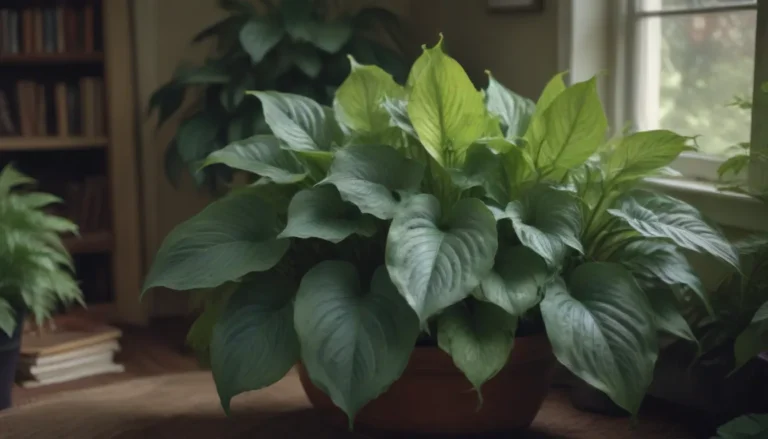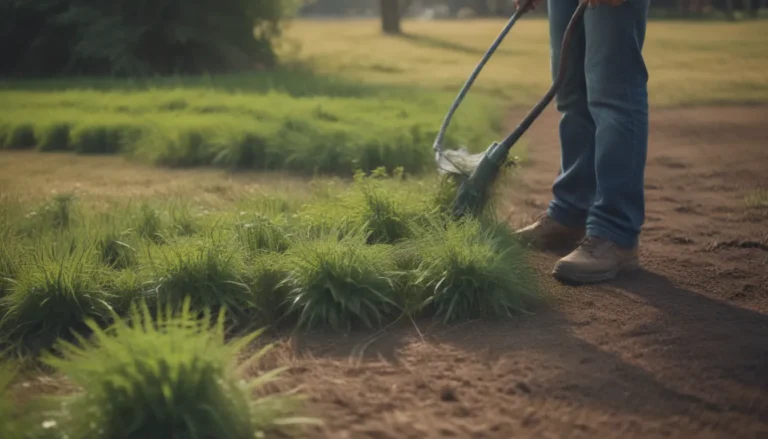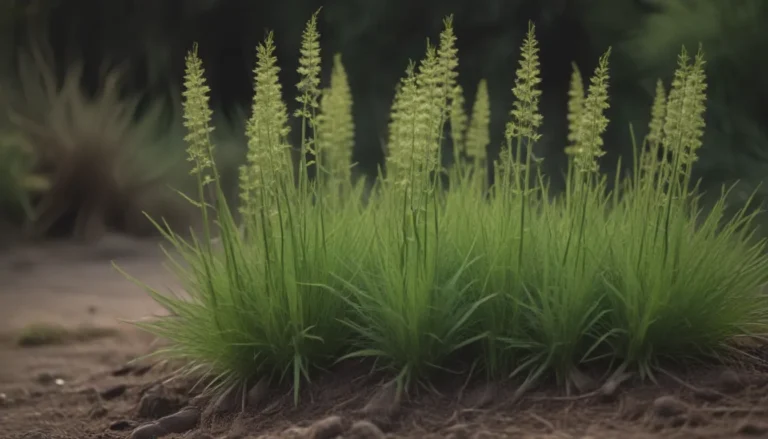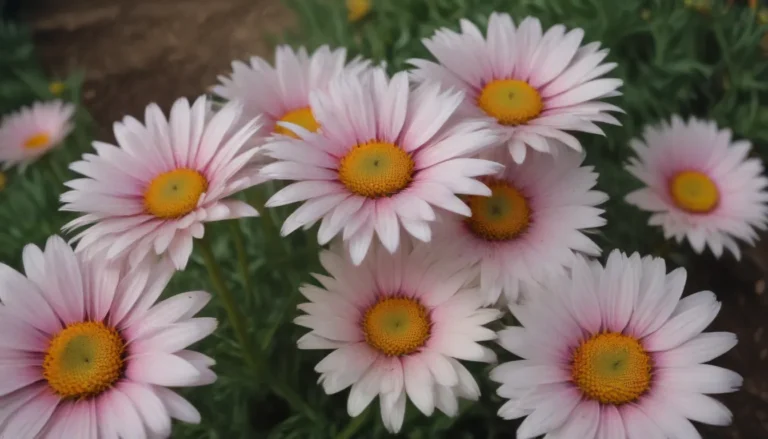The Ultimate Guide to Planting Tulip Bulbs for Stunning Spring Blooms

Tulips have captured the hearts of gardeners for thousands of years, originating in Central Asia and Turkey. With over 120 known species, tulips come in a variety of colors and bloom times, making them a versatile and popular choice for spring gardens. If you want to see these beautiful flowers blooming in your garden next spring, it’s essential to plant your tulip bulbs at the right time. In this comprehensive guide, we’ll explore everything you need to know about planting tulip bulbs to ensure a vibrant and colorful spring display.
The Beauty of Tulip Blooms
Tulips are classified into early, mid-season, and late-blooming varieties, each with its unique characteristics. Whether you prefer the delicate petals of Single Early tulips or the striking colors of Parrot tulips, there’s a variety to suit every garden. Understanding the different types of tulips can help you create a cohesive and visually appealing display in your garden.
- Early Blooming Tulips
- Single Early
- Double Early
- Kaufmannian
-
Fosteriana
-
Mid-Season Blooming Tulips
- Darwin Hybrid
- Fringed
- Greigi
- Parrot
-
Triumph
-
Late Blooming Tulips
- Single Late
- Double Late
- Lily Flowered
- Viridiflora
Quick Tips for Growing Tulips
Before we delve into the specifics of planting tulip bulbs, here are some quick tips to help you ensure your tulips thrive:
- Light: Tulips prefer full sun during the spring growing season.
- Soil: Well-draining soil is essential for healthy tulip growth.
- Water: Provide regular watering, especially during dry periods.
- Temperature and Humidity: Tulips thrive in climates with cool winters and warm summers.
- Fertilizer: Use a balanced fertilizer to promote strong growth and vibrant blooms.
When is the Best Time to Plant Tulip Bulbs?
To ensure your tulips bloom beautifully in the spring, it’s crucial to plant your bulbs at the right time. The ideal planting time for tulip bulbs is in the autumn, allowing them to establish roots before the winter chill sets in. Here’s a general timeline for planting tulip bulbs based on USDA growing zones:
- September: Zones 3, 4, and 5
- October: Zones 6 and 7
- November and December: Zones 8 and 9
For gardeners in warmer climates without sufficient chill time, pre-chilled bulbs can be used as annuals for a one-season display of tulips.
How to Plant Tulip Bulbs for Success
Proper planting is key to the success of your tulip bulbs. Follow these steps to ensure your tulips thrive in the spring:
- Choose a Sunny Spot: Plant your tulip bulbs in a location that receives full sun during the spring growing season.
- Plant in Groups: For a stunning display, plant your tulip bulbs in groups of around 10 bulbs, spacing them evenly for a harmonious look.
- Prepare the Soil: Ensure the soil is well-draining and enriched with organic matter to promote healthy root growth.
- Plant at the Right Depth: Tulip bulbs should be planted at a depth of around 6 inches, with the pointed end facing upwards.
- Water Thoroughly: After planting, water your bulbs thoroughly to help them establish roots before the winter season.
Where to Plant Tulip Bulbs for Maximum Impact
Tulips are versatile plants that can thrive in a variety of garden settings. Here are some ideal locations for planting tulip bulbs:
- Borders and Flower Gardens: Tulips add a splash of color to borders and flower beds, creating a vibrant display.
- Under Deciduous Trees: Planting tulips under deciduous trees provides dappled sunlight, ideal for their growth.
- Rock Gardens: Tulips add a pop of color to rock gardens, creating a striking contrast against the rocks and foliage.
Ensure your tulips receive at least six hours of direct sunlight daily for optimal growth and bloom performance.
Protecting Your Tulip Bulbs from Pests
Unfortunately, tulip bulbs are a favorite snack for many garden pests, including chipmunks, squirrels, and moles. To protect your bulbs from these critters, consider the following strategies:
- Enclose in Wire Cages: Planting tulip bulbs in wire cages can prevent pests from accessing them.
- Plant Alliums: Allium plants have a strong scent that deters pests, making them an excellent companion for tulips.
- Plant in Excess: Planting more bulbs than you need can compensate for any bulbs that fall prey to pests.
By taking proactive measures, you can ensure your tulip bulbs remain safe from hungry rodents and critters.
Do Tulip Bulbs Return Year After Year?
Whether your tulips come back year after year largely depends on the variety you choose. ‘Naturalizing’ or ‘species’ tulips are more likely to return annually, spreading through bulbets to create a colorful display. While many hybrid tulips are single-season bloomers, certain varieties like Giant Darwin Hybrid, Emperor, Greigi, and Kaufmanniana have a better chance of returning each year.
For optimal perennial growth, plant tulips in colder zones with at least 10 weeks of temperatures below 55°F. Ensure your tulips receive adequate care, including proper watering, fertilizing, and soil preparation, to encourage naturalization and return blooms.
In warmer climates without sufficient chilling time, consider planting pre-chilled annual bulbs for a one-season display. Follow best practices for tulip care to maximize their longevity and beauty in your garden.
Conclusion
Tulip bulbs are a delightful addition to any spring garden, providing a burst of color and beauty after the winter season. By planting your tulip bulbs at the right time and in the right conditions, you can enjoy a stunning display of vibrant blooms year after year. Remember to choose the right varieties for your growing zone, prepare the soil properly, and protect your bulbs from pests to ensure a successful tulip planting experience. With these tips and tricks, you’ll be well on your way to creating a beautiful spring garden that will be the envy of your neighborhood. Happy planting!





